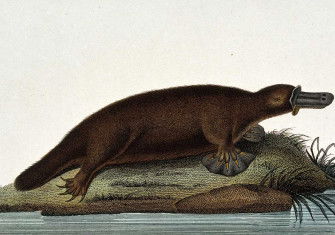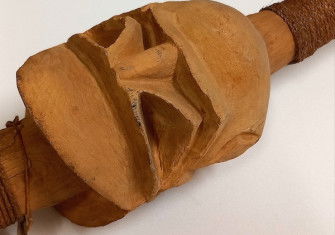Victorian Science’s Duck-Billed Enigma
By the 19th century, standard classification systems were struggling with new species. Then the platypus arrived.

Platypus – Greek for ‘flat-footed’ – may sound a derogatory name, but that was the least of the problems encountered by these small mole-like creatures from Australia. When the British Museum received its first specimen in 1799 the curator, George Shaw, was convinced that it must be a fake and attacked it with a pair of scissors in a failed attempt to detach the beak. Even when persuaded the animal was genuine he remained baffled, expostulating that of ‘all the Mammalia yet known it seems the most extra-ordinary in its conformation’ – and despite that reference to a mammal, the scientific label he devised suggests he thought it was a bird: Platypus anatus (anatus is Latin for ‘duck’).







